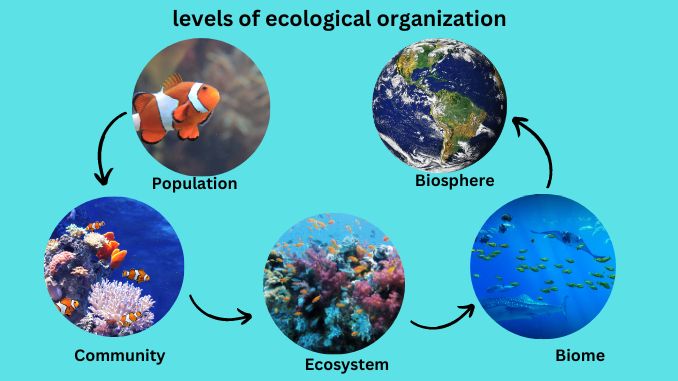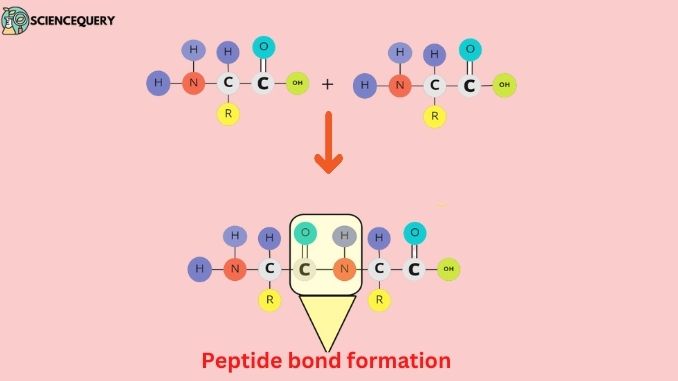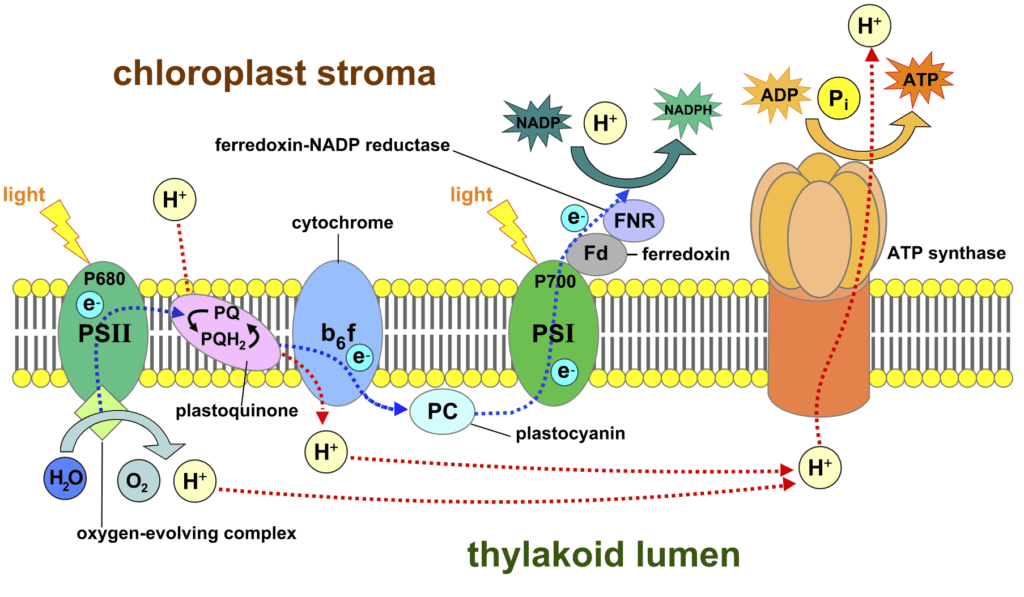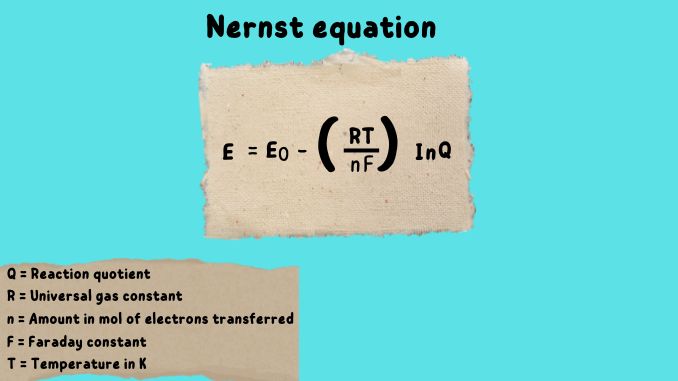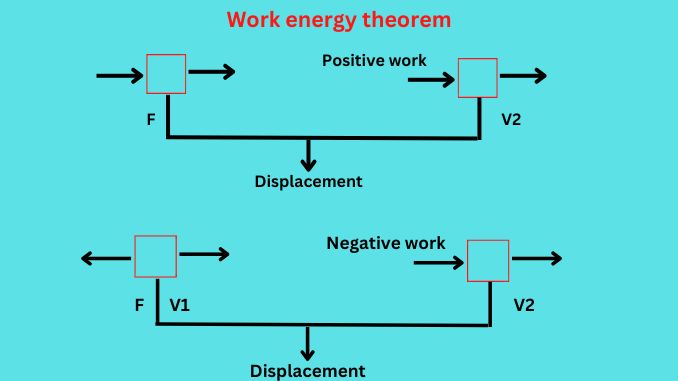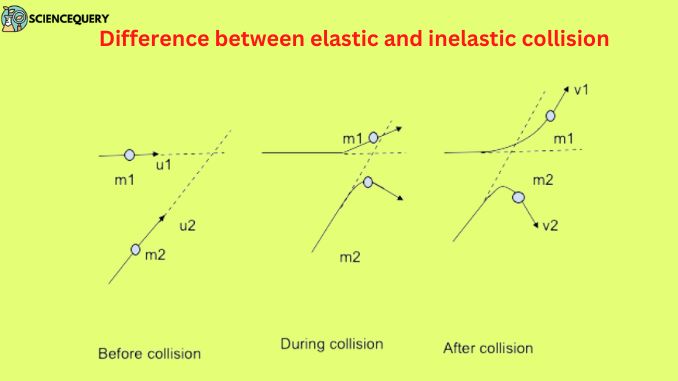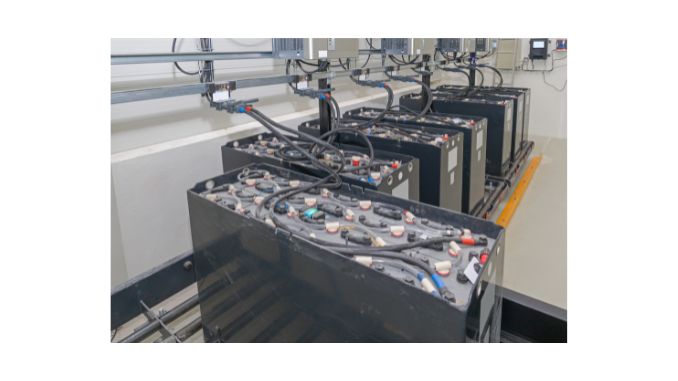What are the levels of ecological organization?
Know in one minute about levels of ecological organization There are 6 levels of ecological organization. These are organisms, population, biological community, ecosystem, biome, and biosphere. Organisms: They are classified as prokaryotes and eukaryotes. Need food, water, and air to sustain life. It is the lowest level of ecological organization. Population: A population can be […]
What are the levels of ecological organization? Read More »

